
DS 5 Hatchback (2015-2018) engines, drive and performance
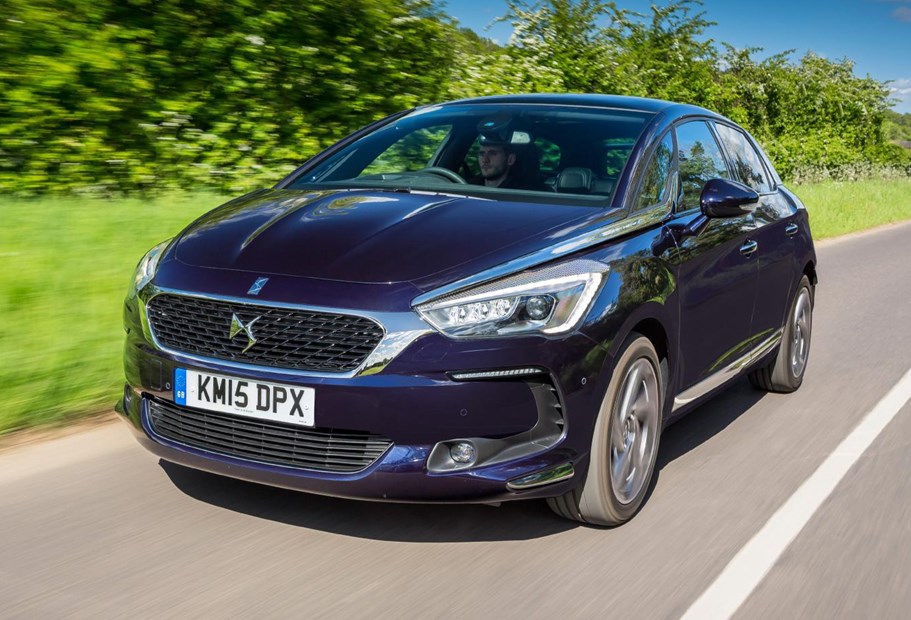
While outright speed isn’t part of its remit, DS 5 performance is nevertheless more than ample for its role as a comfortable, luxury family car.
As part of its relaunch, the DS 5 came with a choice of engines, comprising of one petrol, three diesels and one diesel-electric Hybrid, all of which feature fuel-saving stop/start technology.
Single petrol engine
For those who don’t cover large annual mileages, the 1.6-litre THP 165 petrol motor, paired with a six-speed automatic gearbox, is a solid choice.
Producing 162bhp, it’s enough to push the DS 5 up to a top speed of 126mph, while the 240Nm of torque available from an impressively low 1,400rpm, ensures there’s plenty of grunt when you want to overtake. It also contributes to a 0-62mph acceleration time of 10.4 seconds.
Efficiency is pleasantly surprising for a car of this size, but then this DS 5 is the second lightest in the range at 1,429kg. DS claims it will achieve 47.9mpg overall, while CO2 emissions are 136g/km.
Trio of diesel motors
Diesel power plants make up the bulk of the DS 5’s engine options, all offering impressive fuel economy and low emissions.
With 118bhp, the 1.6-litre BlueHDi 120 is the least powerful but it’s also – just – the most efficient of the three available. Official claims post average consumption at 70.6mpg and 104g/km of CO2.
Despite having 300Nm of torque at your right foot’s disposal from 1,750rpm, performance is a little lethargic, taking 12.7 seconds to reach 62mph from a standstill. You’ll really need to work that standard six-speed manual gearbox to get the best of the power available.
The same transmission comes as standard on the 2-litre BlueHDi 150. Despite being of larger capacity and with an addition 40bhp available, it gives little away to the less powerful diesel in terms of low running costs. DS posts figures of 68.9mpg and 105g/km, yet it will power on to a top speed of 127mph.
Torque’s usefully increased too, to 370Nm, although revs have to rise to 2,000rpm to reach that peak. Overtaking manoeuvres are more easily dispatched and the 0-62mph sprint is cut to 10.6 seconds.
Topping the diesel range is the 2-litre BlueHDi 180. With 178bhp on offer, performance is slightly compromised by the standard-fit six-speed automatic, although it will still reach 137mph making it the fastest DS 5. It’s a tad more audible as the revs rise than the 150 model, though.
There’s a slight increase in torque to 400Nm, again peaking at 200Nm, which allows the BlueHDi 180 DS 5 to reach 62mph from a standing start in 9.9 seconds.
Efficiency isn’t too compromised by the power increase with claims of 64.2mpg and 114g/km of CO2.
Hybrid with four-wheel drive
Most expensive of the propulsion options is the unusual diesel-electric Hybrid 4x4 version: a 2-litre diesel engine powers the front wheels, with electric motors sending energy to the rears.
Despite collectively producing 197bhp and 320Nm of torque from 1,750rpm, the Hybrid is also the most fuel efficient DS 5, claiming 72.4mpg and CO2 emissions of 103g/km.
Due to the electric motors’ instant torque delivery helping haul the Hybrid along, it’s the quickest DS 5 in the 0-62mph test at 9.3 seconds.
It’s also 120kg heavier than the next most weighty version, though and can only be had with a slow-responding automated manual gearbox, called ETG.
Although there were many criticisms about the way it rode at launch, DS 5 handling characteristics were less of an issue.
Despite the slight increase in its overall height, thanks to the suspension tweaks, the DS 5 still handles with composure, cornering impressively flatly when pushed into bends at higher speeds.
Don’t mistake this for it being an especially engaging car to thread along a winding ribbon of B-road, for although it will corner keenly, it’s not especially good at feeding back what the road conditions are like underneath. Driving enthusiasts are best served elsewhere.
That’s not to say the DS 5 isn’t without ability, especially now that its makers have seen fit to rid the car of the overly-harsh ride quality. Its focus is primarily upon comfort and subsequently it feels happier when you drive it with more gradual, gentle movements.
Feed the steering wheel progressively around bends rather than suddenly yank it this way or that and you’ll encounter little understeer, where the DS 5 feels inclined to push wide in corners. Although the Hybrid’s carrying considerably more weight, its four-wheel drive system should still ensure it corners accurately, if not feeling particularly nimble.
It’s the same with the DS 5’s other controls: feather the accelerator, caress the brake pedal and precisely slot the gear lever to and fro to preserve the car’s comfort and you’ll find it much more rewarding than charging along every straight and stabbing the brakes on at every tight curve.
Thankfully, the previous Citroen DS5’s jarring ride quality is a thing of the past. Each wheel’s suspension arrangement has a much more forgiving compression rate, allowing it to ride over sharper road imperfections without transmitting them all to the cabin’s occupants.


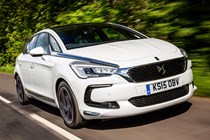
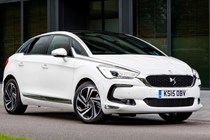

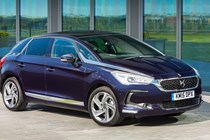
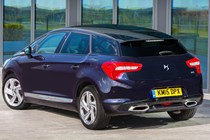
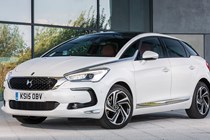
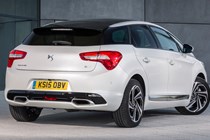
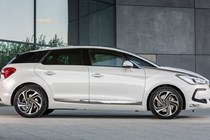
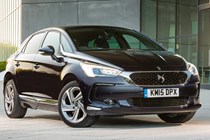

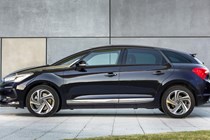
.jpg)
.jpg)
.jpg)
.jpg)
.jpg)
.jpg)
.jpg)
.jpg)
.jpg)
.jpg)

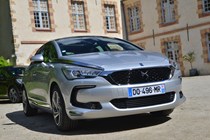

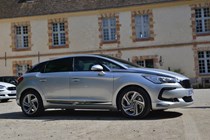

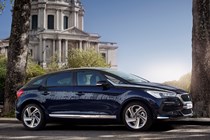
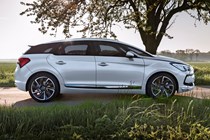
.jpg)

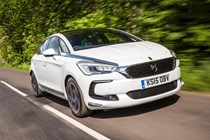
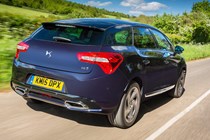

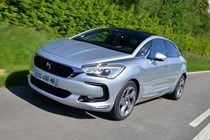
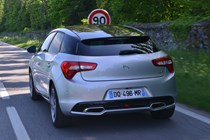
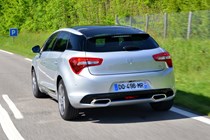
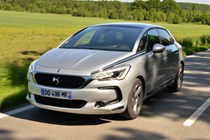
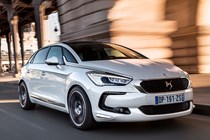
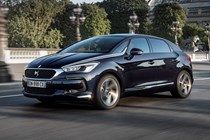
.jpg)
.jpg)
.jpg)
.jpg)
.jpg)
.jpg)
.jpg)
.jpg)
.jpg)
.jpg)
.jpg)
.jpg)
.jpg)
.jpg)
.jpg)
.jpg)
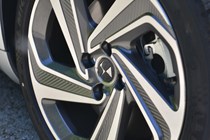
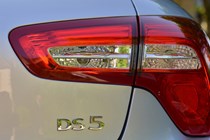
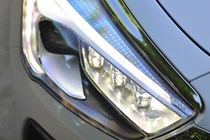
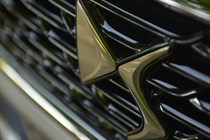
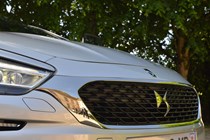
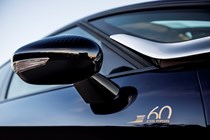
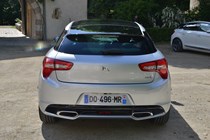
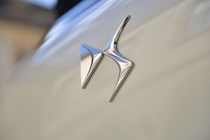

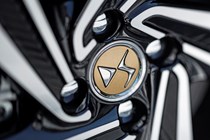

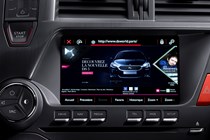
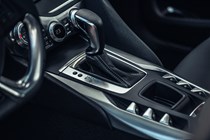
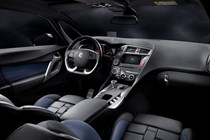

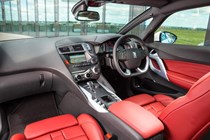
.jpg)
.jpg)
.jpg)
.jpg)
.jpg)
.jpg)
.jpg)
.jpg)
.jpg)
.jpg)
.jpg)
.jpg)
.jpg)
.jpg)
.jpg)
.jpg)
.jpg)
.jpg)
.jpg)
.jpg)
.jpg)
.jpg)
.jpg)
.jpg)
.jpg)
.jpg)
.jpg)
.jpg)
.jpg)
.jpg)
.jpg)
.jpg)
.jpg)
.jpg)
.jpg)
.jpg)
.jpg)
.jpg)
.jpg)
.jpg)
.jpg)
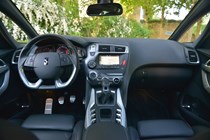
.jpg)
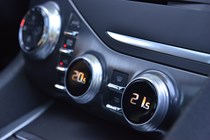

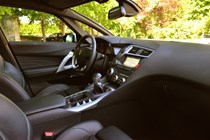
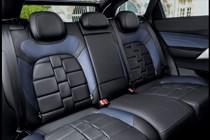
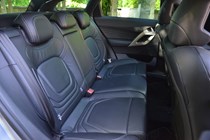
.jpg)
.jpg)
.jpg)
.jpg)
.jpg)
.jpg)
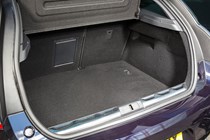
.jpg)
.jpg)
.jpg)
.jpg)
.jpg)
.jpg)
.jpg)
.jpg)
.jpg)
.jpg)
.jpg)
.jpg)
.jpg)











.jpg?quality=50)
.jpg?quality=50)
.jpg?quality=50)
.jpg?quality=50)
.jpg?quality=50)
.jpg?quality=50)
.jpg?quality=50)
.jpg?quality=50)
.jpg?quality=50)
.jpg?quality=50)







.jpg?quality=50)










.jpg?quality=50)
.jpg?quality=50)
.jpg?quality=50)
.jpg?quality=50)
.jpg?quality=50)
.jpg?quality=50)
.jpg?quality=50)
.jpg?quality=50)
.jpg?quality=50)
.jpg?quality=50)
.jpg?quality=50)
.jpg?quality=50)
.jpg?quality=50)
.jpg?quality=50)
.jpg?quality=50)
.jpg?quality=50)
















.jpg?quality=50)
.jpg?quality=50)
.jpg?quality=50)
.jpg?quality=50)
.jpg?quality=50)
.jpg?quality=50)
.jpg?quality=50)
.jpg?quality=50)
.jpg?quality=50)
.jpg?quality=50)
.jpg?quality=50)
.jpg?quality=50)
.jpg?quality=50)
.jpg?quality=50)
.jpg?quality=50)
.jpg?quality=50)
.jpg?quality=50)
.jpg?quality=50)
.jpg?quality=50)
.jpg?quality=50)
.jpg?quality=50)
.jpg?quality=50)
.jpg?quality=50)
.jpg?quality=50)
.jpg?quality=50)
.jpg?quality=50)
.jpg?quality=50)
.jpg?quality=50)
.jpg?quality=50)
.jpg?quality=50)
.jpg?quality=50)
.jpg?quality=50)
.jpg?quality=50)
.jpg?quality=50)
.jpg?quality=50)
.jpg?quality=50)
.jpg?quality=50)
.jpg?quality=50)
.jpg?quality=50)
.jpg?quality=50)
.jpg?quality=50)

.jpg?quality=50)





.jpg?quality=50)
.jpg?quality=50)
.jpg?quality=50)
.jpg?quality=50)
.jpg?quality=50)
.jpg?quality=50)

.jpg?quality=50)
.jpg?quality=50)
.jpg?quality=50)
.jpg?quality=50)
.jpg?quality=50)
.jpg?quality=50)
.jpg?quality=50)
.jpg?quality=50)
.jpg?quality=50)
.jpg?quality=50)
.jpg?quality=50)
.jpg?quality=50)
.jpg?quality=50)